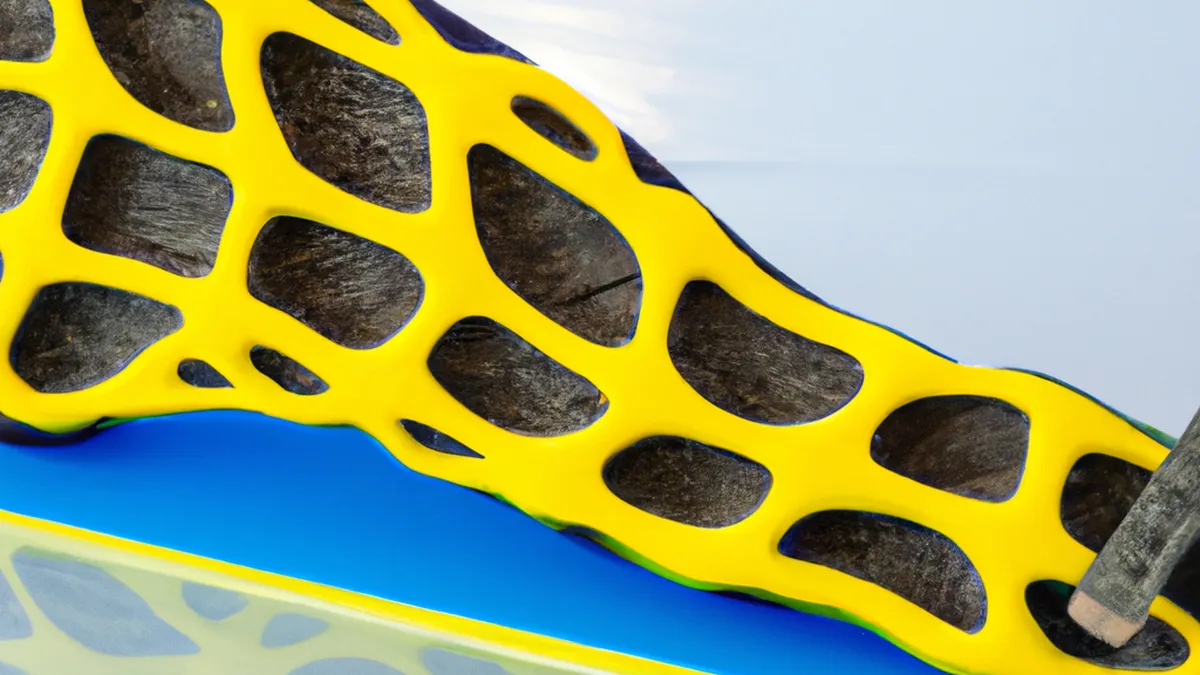Surf Paddle Conditioning: A Flexibility Game Changer
Evaluating the Impact of Surf Paddle Conditioning on Flexibility
Surfing demands strength, endurance, and flexibility. Paddle conditioning has become essential for many surfers. This post explores how paddle conditioning impacts flexibility, showcases exercises, and highlights flexibility benefits for surfers.
Understanding Surf Paddle Conditioning
Surf paddle conditioning mimics the motions of paddling out to catch waves. This training improves strength and endurance, particularly in the upper body and core. Many surfers overlook how paddle conditioning enhances flexibility.
Paddle conditioning involves various exercises using a paddle. These exercises target the shoulders, arms, and core. Repetitive paddling motions significantly improve flexibility in the upper body and torso. Surfers engaging in these movements notice better overall range of motion.
The Mechanics of Flexibility
Flexibility refers to the range of motion at a joint or group of joints. It plays a pivotal role in athletic performance, especially in surfing, where agility and balance matter. A more flexible surfer maneuvers better on the board, achieving fluid movements and greater control. Improved flexibility enhances performance and reduces injury risk.
Paddle conditioning enhances flexibility in several ways. It involves dynamic stretching, warming up muscles and increasing blood flow. Repetitive paddling motions create muscle tension, helping lengthen and loosen them over time. Consistent paddle conditioning gradually improves flexibility.
Exercises to Enhance Flexibility
Incorporate specific exercises into your routine to maximize paddle conditioning benefits. Here are some effective exercises that enhance flexibility and improve paddling performance:
1. **Shoulder Rotations:** Stand with feet shoulder-width apart, holding a paddle. Rotate shoulders forward in a circular motion for 30 seconds, then switch to backward rotations. This exercise boosts shoulder flexibility for powerful paddling strokes.
2. **Torso Twists:** Sit on the ground with legs extended. Hold a paddle and twist your torso to one side while keeping hips grounded. Hold for a few seconds, then switch. This movement enhances spinal flexibility for balance and control on the board.
3. **Hip Openers:** Stand straight with feet together. Step one foot forward into a lunge, keeping the back leg straight. Feel the stretch in your hips.
Conclusion
Paddle conditioning significantly impacts flexibility, enhancing performance and reducing injury risk for surfers. Incorporate these exercises for better results.
Below are related products based on this post:
FAQ
What is surf paddle conditioning and how does it benefit surfers?
Surf paddle conditioning mimics the motions of paddling out to catch waves, improving strength and endurance, especially in the upper body and core. It enhances flexibility, which is crucial for better maneuverability and control on the board.
How does paddle conditioning improve flexibility?
Paddle conditioning improves flexibility through dynamic stretching that warms up muscles and increases blood flow. The repetitive motions of paddling create muscle tension, which helps lengthen and loosen muscles over time, leading to gradual improvements in flexibility.
What exercises can I incorporate into my routine to enhance flexibility through paddle conditioning?
Effective exercises include shoulder rotations, torso twists, and hip openers. These movements specifically target the shoulders, spine, and hips, enhancing flexibility and contributing to better paddling performance.















Post Comment